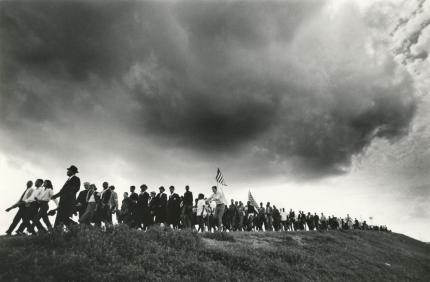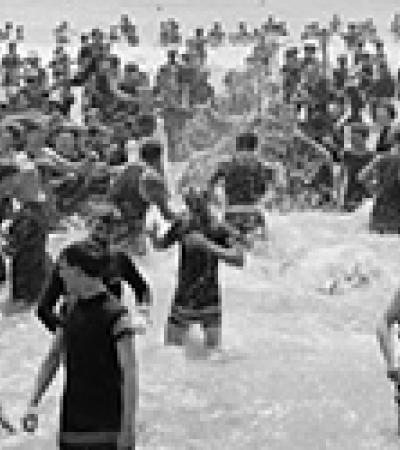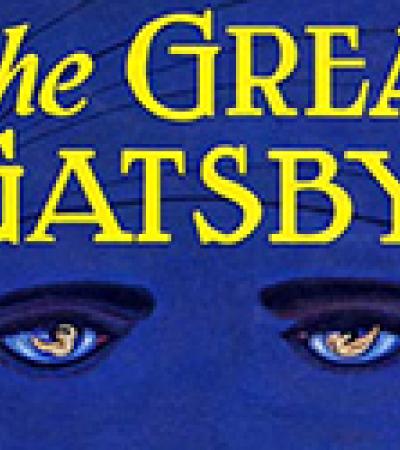This month, check out EDSITEment’s new look and sign up for a free webinar tour of the improved site. In addition, you can celebrate the life of Martin Luther King Jr.; mark the fiftieth anniversary of President Kennedy’s 1961 inaugural address; take a look at saints, relics, and devotion in Medieval Europe; and discover Middle Eastern history, religion, and culture. And don’t forget to join EDSITEment on Facebook and Twitter.
Martin Luther King Jr.

On the third Monday of January, Americans celebrate the life and achievement of one of our most respected citizens—Martin Luther King Jr. Dr. King was a leading force in the drive for civil rights in the United States, and he showed through words and actions that non-violent, persistent activism can achieve tremendous results by appealing to the moral conscience of Americans. Celebrate the vision and leadership of Martin Luther King with the time-tested lessons in “I Have a Dream: Celebrating the Vision of Martin Luther King, Jr.”.
EDSITEment has a number of resources, activities, and lesson plans to help teachers, students, parents, and caregivers understand the impact Dr. King had—and continues to have—upon our country and the global efforts toward peace and civil rights. To learn about Dr. King’s career, visit the extensive biography, timelines, chronolologies, and journals available on the NEH funded Martin Luther King, Jr. Papers Project.
Students will likely be most familiar with Dr. King’s famous “I Have a Dream” speech given during the August 28, 1963, “March on Washington for Jobs and Freedom.” At the Martin Luther King, Jr. Papers Project, the transcript and (partial) audio recording of “I Have a Dream” are both available in English, with transcripts also available in twelve other languages (including Spanish, Arabic, and Chinese). Introduce K–2 students to the civil rights movement and to the “I Have a Dream” speech with the EDSITEment lesson plan Dr. King’s Dream. This exemplary speech is one of many that mark Dr. King’s rich oratory abilities, and an exploration of Martin Luther King, Jr. Papers Project website will provide ample examples of American oratory, in which King drew upon Biblical references, spirituals, and a deep knowledge and understanding of American democratic principles and history. For example, the eloquent call for justice in King’s “I Have a Dream” speech concludes with the lines from a well-known spiritual:
From every mountainside, let freedom ring, and when this happens, when we allow freedom to ring, when we let it ring from every village and every hamlet, from every state and every city, we will be able to speed up that day when all of God’s children, black men and white men, Jews and Gentiles, Protestants and Catholics, will be able to join hands and sing in the words of the old Negro spiritual, “Free at last! Free at last! Thank God Almighty, we are free at last!”
President John F. Kennedy Inauguration
Celebrate the fiftieth anniversary of John F. Kennedy’s inaurguration by watching his famous speech with your class and trying this new lesson plan from NEH-funded resource Voices of Democracy.
The American Memory Project at the Library of Congress features “the reading text” of the intended Robert Frost inaugural poem, “Dedication.” Many will be interested to learn the story behind its composition and why it was not read on that bitterly cold January morning during the outdoor ceremony—why on that occasion, Frost was forced to recite from memory, a different poem, "The Gift Outright."
In addition, turn to these two EDSITEment lessons to learn more about JFK’s Administration:
• “JFK, Freedom Riders and the Civil Rights Movement”" discusses how civil rights activists—including the Freedom Riders, state and local officials in the South—and the Administration of President Kennedy came into conflict during the early 1960s.
• “JFK, LBJ, and the Fight for Equal Opportunity in the 1960s,” where this generation of young poeple get an opportunity to study and analyze the innovative legislative efforts of Presidents Kennedy and Johnson in the social and economic context of the 1960s. You’ll find key information for understanding the political and social climate Presidents Kennedy and Johnson faced as they developed their domestic policies and instituted the “Great Society” programs intended to eradicate poverty. America is still feeling the influence of these programs today—a half century later!
Medieval Europe and the Middle East
The following NEH Connections include two programs funded by National Endowment for the Humanities that would be of interest to librarians and customers, educators, and students as well as life-long learners.
• “Treasures of Heaven: Saints, Relics, and Devotion in Medieval Europe”. Explore this NEH-funded history of Christian saints and their relics through a variety of different digital tools and programs. It is a perfect complement for European and world history, literature, and art and architecture courses as well as a fascinating online resource for anyone with an interest in viewing these religious artifacts, learning about the cult of the saints, and what it means to be a pilgrim. Click on EDSITEment Connections for suggested lessons to use with the exhibit..
• “Teaching the Middle East: A Resource for Educators”. Scholars from the University of Chicago including the best scholars in the field of Middle Eastern studies created this site in partnership with the NEH and three University of Chicago units, the Oriental Institute, the Center for Middle Eastern Studies, and the eCUIP Digital Library Project. The site’s goal is to provide teachers of Middle Eastern history and culture with a rich, reliable, and easily accessible resource that draws upon sound humanities scholarship to help build student understanding of Middle Eastern history and culture. This site is designed for K–12 teachers, and includes essays, images, and lesson plans to provide an overview of Middle Eastern cultures and their contributions to the world, but can be a vehicle for anyone interested in learning more about regions and cultures in this part of the world.
About EDSITEment
Now in its eleventh year, EDSITEment is a partnership among the National Endowment for the Humanities, Verizon Foundation’s Thinkfinity, and the National Trust for the Humanities. This free-access, user-friendly website showcases more than 300 top humanities sites that have been identified and reviewed for content, design, and educational impact in fields such as social studies, history, literature, foreign languages, art, and culture. EDSITEment also creates grade-specific lesson plans that incorporate online resources, original source materials, and interactive learning activities, games, and quizzes for use by K–12 teachers and students. Find out why the American Association of School Librarians selected EDSITEment as one the 25 Top Website for Teaching and Learning for 2010.






